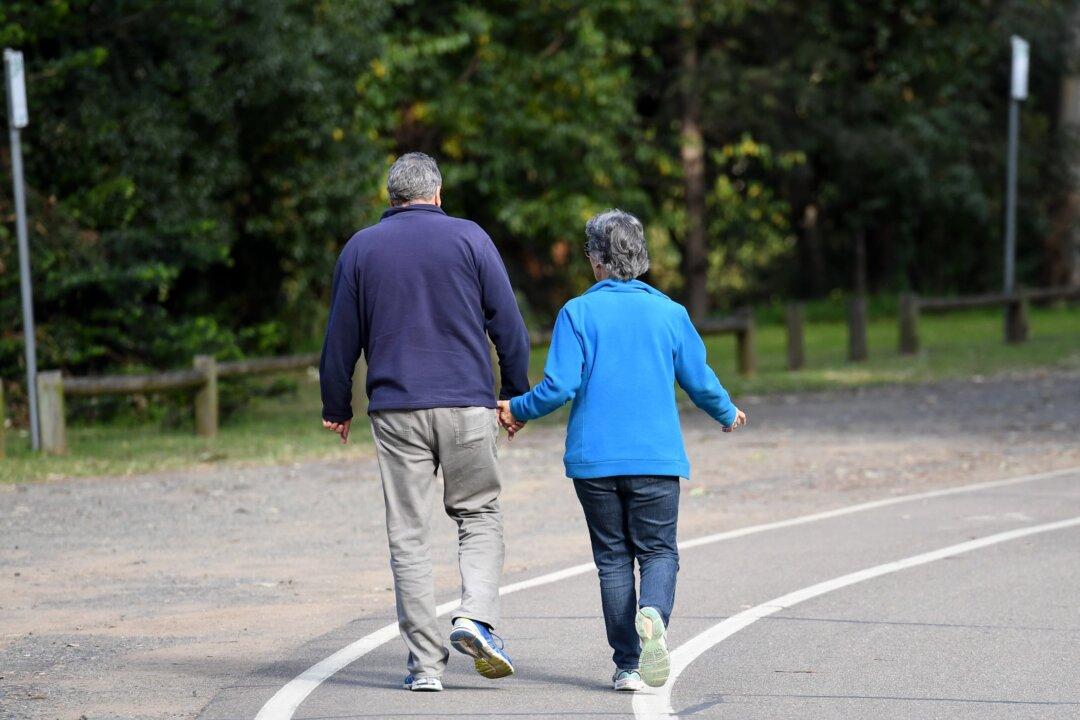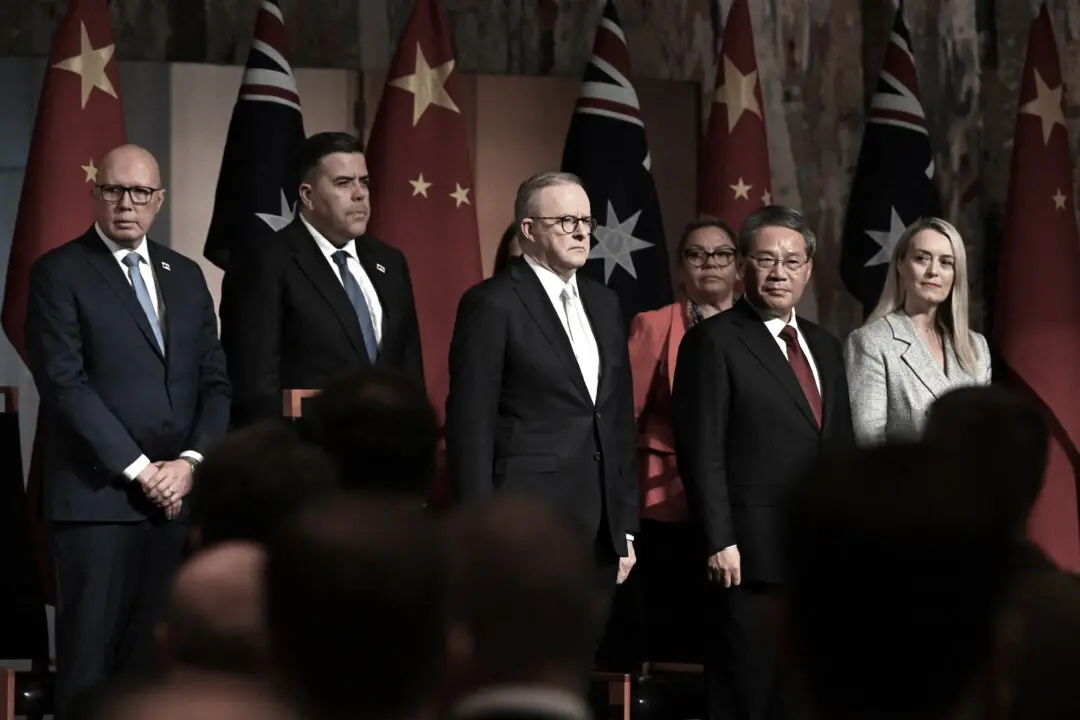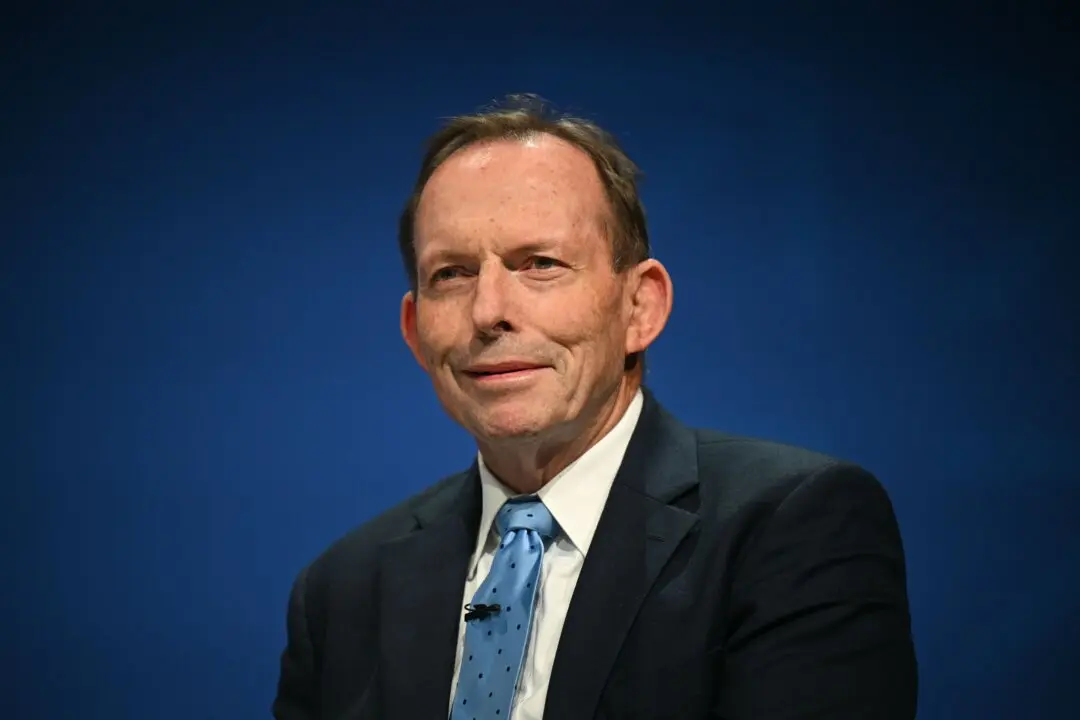Superannuation, and not increased taxes, should be used to fund retirees’ aged care, a review has found.
The federal government established a taskforce last year to consider the options for funding the ballooning aged care sector, following a range of recommendations made by the Royal Commission into Aged Care Quality and Safety in 2021.





